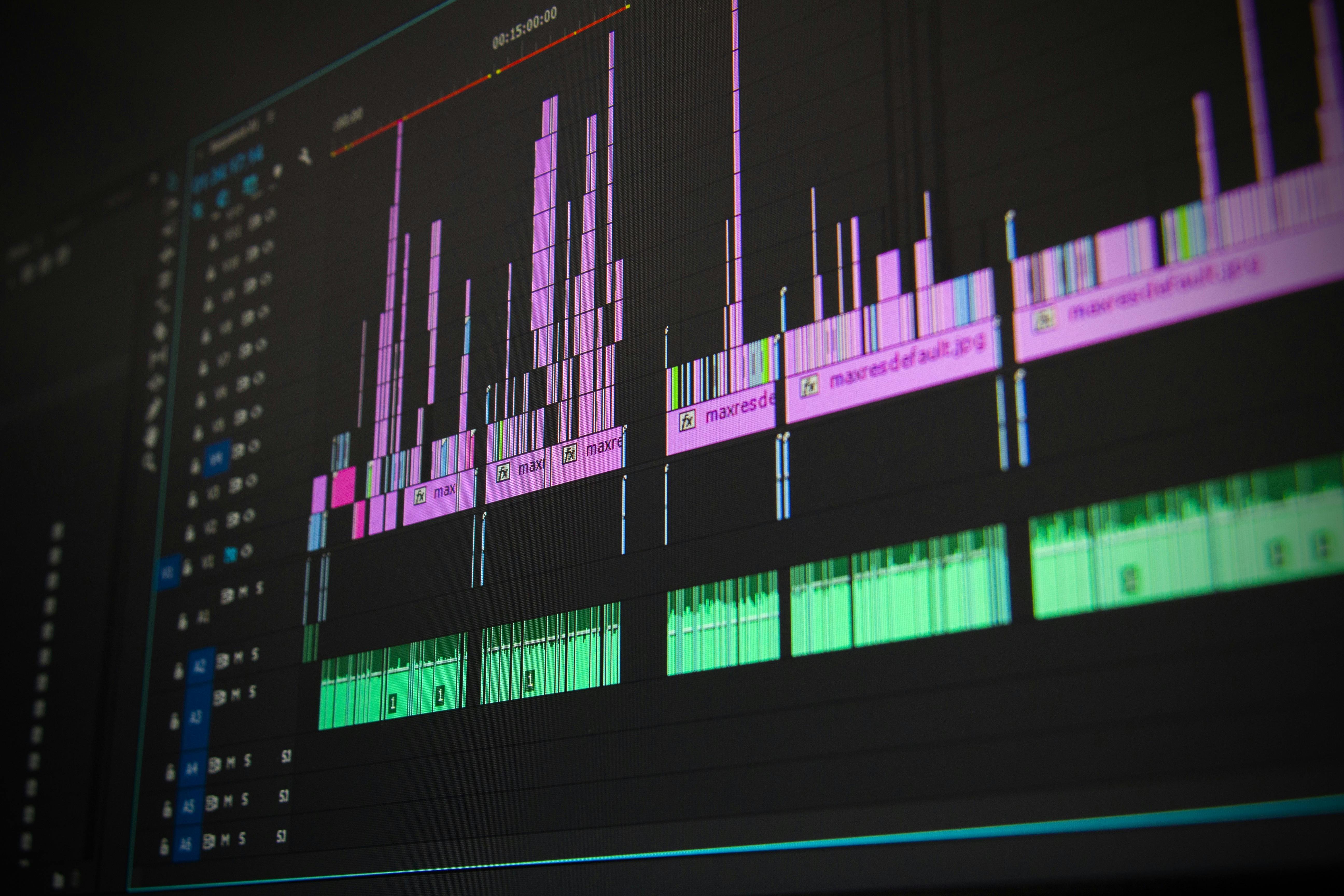Writing about your research or development project can be daunting. But it can also be daunting for your readers if they are faced with pages of text divided only by paragraph spaces and illustrations. It’s easy for them to lose interest and stop reading. As a technical writer, you have information that you need to share with your readers. So it makes sense to make it as easy as possible for them to continue reading and understand what you’re saying. Using headers is an easy technique to use: it helps simplify both the writing and reading process. If your style guide doesn’t allow you to include headings, you can use them as you write, but remove them during final proofreading.
Headings serve multiple purposes to help your readers when
- break the text into easy-to-read parts
- provide cues for your readers, reminding them where they are in the document
- helping you further your argument.
As a technical writer, your goal is to lead your readers to the same conclusion as you. Headings provide context for your readers: both the writer and the readers start in the same place and continue down the same path, guided by the headings.
Readers need headlines
- to give an overall picture
- to point out where they are in the discussion
- to help make connections between points in the argument.
Your readers understand the details better if you’ve given them an overview first. Remember, it’s the headings that provide an overview, especially when you’ve included a table of contents. Readers will retain those details longer when they know in advance the nature of the information they are about to receive. The level of the heading indicates the degree of detail that is being discussed, allowing those who do not need to delve into the complexities to skip those parts without losing sight of the general thread of the discussion.
Advantages of using headings for the readers:
- They break up the text and provide an overview along the way.
- They announce each key point before its detailed discussion.
- The location and size of each topic indicate its importance.
- They allow the reader to select what to read.
- They give readers places to pause, reorganize their thoughts, or rest.
Writers need headlines
- to trace the logical flow of your argument
- to make it easier to locate a point if you need to modify it
- to facilitate the collection of contributions from multiple authors.
Advantages of using headings for the writer:
- Initially, you can put the main points you want to make under each heading, without worrying about typing ‘mechanics’.
- You can easily move sections to a different place in the document if you can easily see where that section begins and ends.
- You can create subheadings to help you check the structure and remove the subheadings later if your document template or style guide doesn’t allow that many levels.
- You don’t have to provide transitions between themes.
A word of warning! If your headers feed an auto-generated table of contents, make sure your final task before publishing is to update the table of contents.
Headings help both writers and readers; As a writer, use them to make the writing process easier.



